Under the eaves… Volume 2 Issue 2
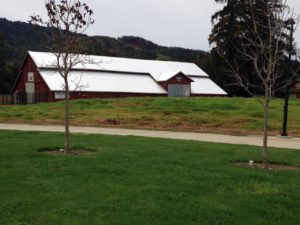
Under the eaves…Volume 2 Issue 2
Henry and his sisters…
As I mentioned in the beginning, Henry Miller and his three sisters were not on the best terms after their mother died in 1842 in Germany. This is one of the circumstances that influenced Henry to leave home. But, as all things change in family dynamics, Henry and his three sisters reconciled.
Henry’s second sister, Elizabeth Johanna Kreiser (born May 21, 1823), was the first to arrive in the United States, landing in 1854. She married Henry Long in the late 1850’s and they had four children; Lizzie, Sarah, Nellie and Albert. Elizabeth died in 1870 in San Francisco. Henry and Sarah took in their four nieces and nephews and raised them at their home.
Frederike Christine Kreiser (born April 22, 1821), married Gottlieb Friedrich Pfeifer on October 12, 1854, in Brackenheim, Germany. Gottlieb was a vintner and the grandson of a friend of her Grandparents. After her husband’s death on January 21, 1874, Frederike decided to immigrate to the United States with her four(?) children and came to live near her brother and Sarah.
In an article in the Gilroy Advocate dated August 25, 1881, it was reported:
“Since the transfer of 2400 acres of the Carlisle Ranch to Henry Miller, a partition fence has been erected over the southern boundary and sundry improvements made about the homestead where German Bros., Carlisle, Littleton and other pioneers lived for years. Additions have been made to the house and the back part is entirely new. It is not a commodious family residence, bearing a clean, neat and inviting appearance. A new fence surrounds it. Ingram & Sons have been very busy with the paintbrush on the house and fence and done excellent work. The ground near the house is being prepared with fertilizers for an orchard, which will be set in the spring. Water from two perpetual springs in the hills will be conveyed in pipes to the premises. It is now the home of Mr. Miller’s sister, a widow, and her two sons. The lady’s name is Pfeiffer and she has but recently arrived from Germany.”
Frederike died in 1891 on April 2nd, and Henry arranged for a large burial service to be held at the Bloomfield Farm cemetery. There is some confusion about where she died and where the funeral services were held. One account from the Gilroy Advocate dated April 4, 1891, stated:
“Mrs. Pfeiffer, sister to Henry Miller of Bloomfield Farm, died of pneumonia on Thursday last at the home of her daughter, Mrs. Steve Sheldon. Funeral services will be conducted today, 1p.m., by Rev D.T. McClelland at the residence of Mr. and Mrs. Sheldon beyond the Carnadero School house”.
A second article in the Gilroy Advocate dated April 11, 1891, it stated:
“The funeral of Mrs. Frederike Pfeiffer took place at Bloomfield Farm cemetery on Saturday last. There was a large following of friends and relatives, and the grave scene was made strikingly impressive by the solemn service conducted by Rev. D.T. McClelland of the Presbyterian Church, assisted by the church choir. Many floral mementoes were placed on the grave, one representing a pillow with the word ‘Sister’ wrought in colored flowers, the gift of her only living brother, Mr. Henry Miller. There were other floral pieces, among them ‘Gates Ajar’, ‘The ripened wheat’, an anchor, etc.”
It seems that Frederike died at her daughter’s home and the services actually took place at Bloomfield Farm. The one consistent part is that Rev. D.T. McClelland of the Presbyterian Church conducted the service.
An additional report from the Gilroy Advocate read:
“Mrs. Pfeiffer was 70 years old this month and until the past two months was a vigorous woman. Cold, la grippe, pneumonia and death, followed in succession and so passed away one of the brightest and interesting matrons of the German race in this township. It is ten years since she came to this country from Germany, accompanied by her youngest son, who died about four years since (1886) at the Sheldon residence. Mrs. Dalton, her daughter, made the voyage to bring her to be near her children, namely herself, Mrs. Sheldon and Albert Pfeiffer. This was in 1881. Her husband died in 1877, and four of her children also preceded her, two in Germany, and two since her residence in the Gilroy Valley (young son and then not sure who) (I count a total of 5 children at this point.). Many friends sympathize with Mr. Miller in the loss of his sister and also the other bereaved members of the family, who naturally feel the loss of her counsel, friendship and love.”
Henry’s youngest sister, Karoline Christina Kreiser (born March 1, 1825), married a fellow German and also immigrated to the United States, with her brother’s help. There does not seem to be any information available as to where she settled. (I have searched Ancestry, My Heritage and Geni with no results found. If you find out anything, let me know.)
______________________________________________________________________________
Waldschmidt-Nelson, Britta. “Henry Miller: The Cattle King of California.” In Immigrant Entrepreneurship: German-American Business Biographies, 1720 to Present, vol. 2, edited by William J. Hausman. German Historical Institute. Last modified September 05, 2013. http://www.immigrantentrepreneurship.org/entry.php?rec=153
I hope you have enjoyed reading about Henry Miller and his sisters.
Taco Tuesday is May 15th, at Victoria’s in Gilroy. Hope to see you there.
Questions and comments are always welcome. Contact me;
(Patti Perino) at 408-410-1495 or email at millerredbarn@outlook.com
If you would prefer to not receive emails regarding The Miller Red Barn, please respond with “unsubscribe”
Comments
Tell us what you think about this blog post.
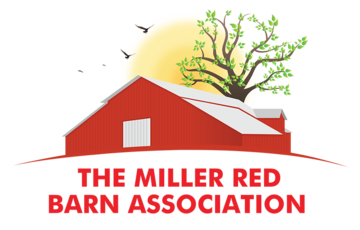
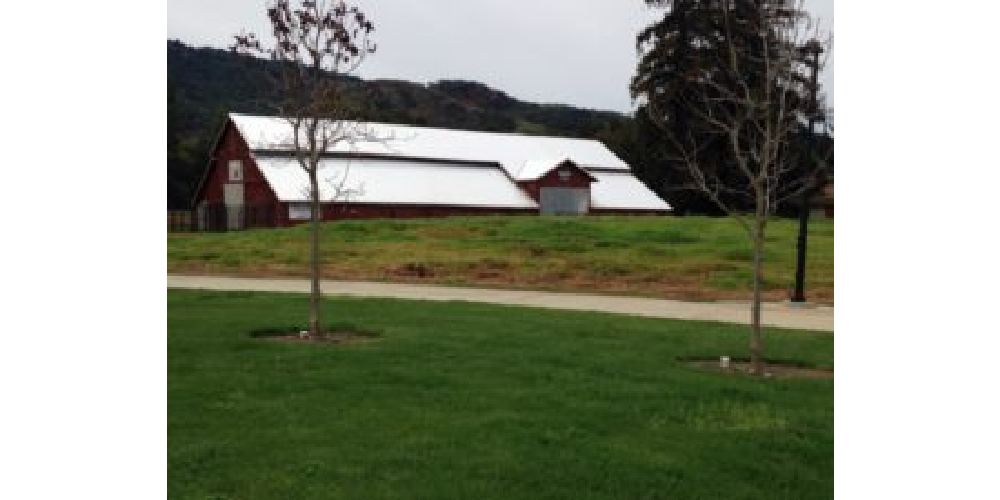
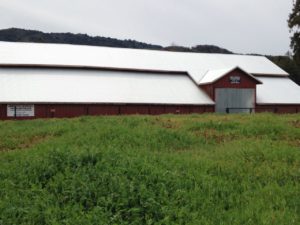
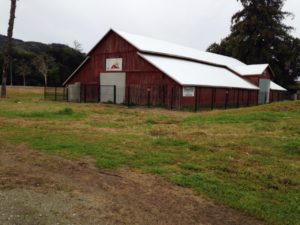
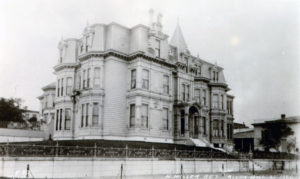

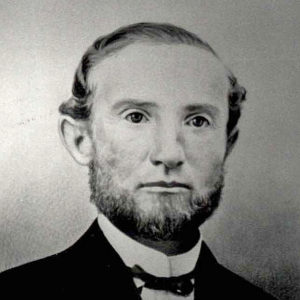 Charles Lux had similar experiences to Millers…
Charles Lux had similar experiences to Millers…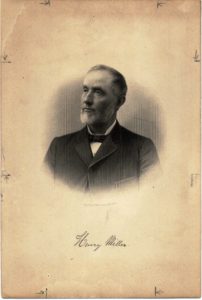 When we last left Henry…
When we last left Henry…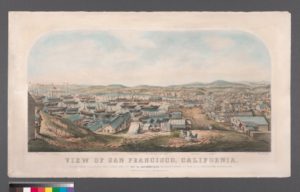 Henry had just arrived in San Francisco…
Henry had just arrived in San Francisco…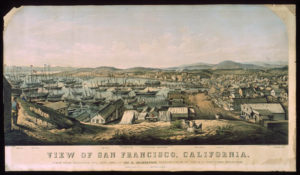
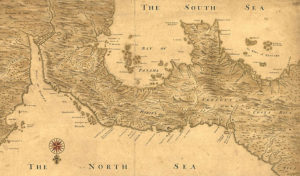 When we last left Henry…
When we last left Henry… When we last left Henry…
When we last left Henry…